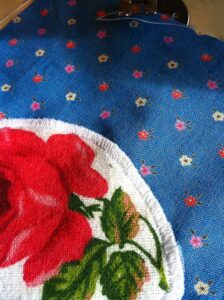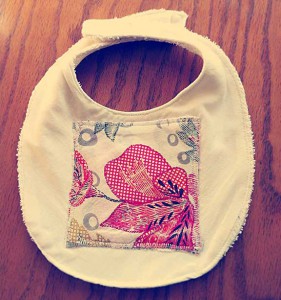Sewing for Charity Projects
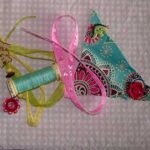 If you’re anything like me and many others who enjoy sewing, you’re going to end up with a large stash of extra fabric and embellishments. Do you go to the craft store and buy reels of ribbon from the bargain bin, off cuts of fabric at 75% off? Charity shop bargains you plan to cut down and upcycle?
If you’re anything like me and many others who enjoy sewing, you’re going to end up with a large stash of extra fabric and embellishments. Do you go to the craft store and buy reels of ribbon from the bargain bin, off cuts of fabric at 75% off? Charity shop bargains you plan to cut down and upcycle?
You walk into your craft/spare room and start to wonder what you’re going to do with it! Of course, this is all done with the best of intentions and your stash grows to mammoth proportions. Making things for charity is a great way to upcycle and use your stash, so I’ve come up with some sewing for charity projects.
There are numerous charity organizations all over the world that would be grateful to receive donations you’ve sewn yourself. Using your sewing skills this way is a win win situation, you get to do something you love and at the same time you’re helping those less fortunate than yourself.
There is a sewing for charity project out there that will fit your skills and which you’ll enjoy making. You could be a quilter, stuffed toy maker, make baby clothes and toys or just enjoy sewing generally! You can make items, like blankets or pillowcases, for use around the home, anything you might make for your friends and family you can make for a charity organization.
Quilts and Bedding
There are many charitable organizations who accept quilts and other bedding items which are handmade. These organizations range from your local homeless shelters to orphanages around the world. With a Google search you can find charities local to you; or larger organisations who organise shipments of useful items to places torn apart by war, catastrophic weather etc.
If you can sew 2 pieces of fabric together then you can make a scrap quilt or “crazy” quilt. These are made from a variety of fabric scraps like old clothing or fat quarters left from a project and are very easy to make. You don’t need any special sewing skills to make these and by following my simple tutorial you’ll have a useful patchwork quilt made in no time.
Another simple project is making pillowcases and I’ve found this great tutorial video (from the Missouri Quilt Company), making pillow cases for charity. I love the technique used to create the pretty trim!
Stuffed Toys and Fabric Books
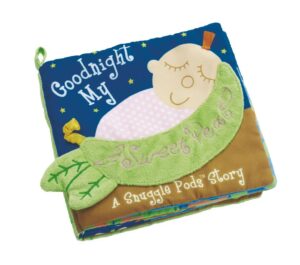 There are charities all over the world that help neglected and abused children, donating toys and books is a great way to help. Sewing for a children’s organization is a wonderful opportunity to help others.
There are charities all over the world that help neglected and abused children, donating toys and books is a great way to help. Sewing for a children’s organization is a wonderful opportunity to help others.
Some local police officers and fire fghters carry a supply these toys and books in their vehicles, ready to give comfort to children when a tragedy happens. Children’s toys can be simple to make; like this plush baby toy and handmade fabric books can be easy to sew too; as demonstrated in the video below.
Clothing Projects for Charity
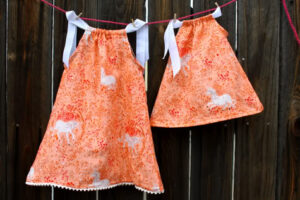 There are various types of clothing needed for charity which are easy to sew (and knit if you’re also a knitter). This article gives you 25 ways you can make a baby/toddler dress, including one from an old pillow case!
There are various types of clothing needed for charity which are easy to sew (and knit if you’re also a knitter). This article gives you 25 ways you can make a baby/toddler dress, including one from an old pillow case!
Search in your local directory for charities you can contact for donating your projects; and also for advice on what is needed more urgently.
Chemotherapy patients appreciate head coverings, and this article describes the importance for self-esteem during these debilitating treatments. Contact your local health authority to find the place to donate these items to. This is another “how to” video on how to make a simple head covering.
No matter what your sewing ability, or your financial status, you can sew (or knit) for charity. Whether you make crazy quilts out of old cast-off clothing, or you make chemotherapy caps for cancer patients, your items will be used and appreciated. So why not start today, dig into your stash and start sewing for charity.
I’d love to hear about you your sewing for charity projects so feel free to leave a comment below or contact me and I’ll update this post with your creations.

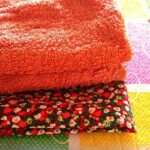
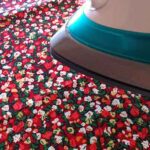
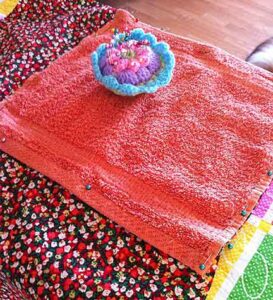
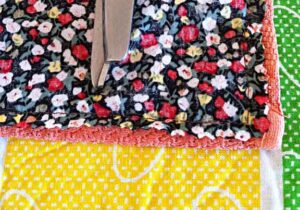
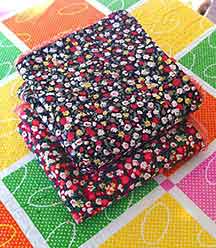
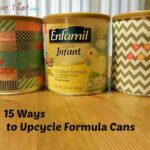 baby formula cans? If you imagine the amount of baby cans just being dumped and the years it takes for them to break down, that’s a pretty big pile of cans! There’s a pile of good ideas on the Internet, can bowling was one I found
baby formula cans? If you imagine the amount of baby cans just being dumped and the years it takes for them to break down, that’s a pretty big pile of cans! There’s a pile of good ideas on the Internet, can bowling was one I found 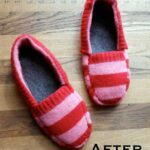 and babies then in winter you probably spend a lot of time in the house. How about making yourself some toastie slippers from an old jumper. In Scotland we get very cold winters, once my back is better I’ll be making a pair! I’m loving this idea and you’ll find the tutorial for upcycled sweater slippers
and babies then in winter you probably spend a lot of time in the house. How about making yourself some toastie slippers from an old jumper. In Scotland we get very cold winters, once my back is better I’ll be making a pair! I’m loving this idea and you’ll find the tutorial for upcycled sweater slippers 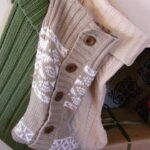 can also be made from old sweaters and it’s just the right time of year for making them. It’s a time when people have clear-outs and also prepare for Christmas, perfect! You can find the tutorial
can also be made from old sweaters and it’s just the right time of year for making them. It’s a time when people have clear-outs and also prepare for Christmas, perfect! You can find the tutorial 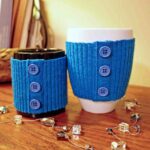 sweater idea are these cup holders. You could incorporate a sweater pocket and use it for popping a biscuit in! I found these
sweater idea are these cup holders. You could incorporate a sweater pocket and use it for popping a biscuit in! I found these  time or another and there are some great ways to upcycle them. The most common on is as a pencil holder, I’m sure you’ve seen these at some point!
time or another and there are some great ways to upcycle them. The most common on is as a pencil holder, I’m sure you’ve seen these at some point!  cool ideas like these tree lanterns at
cool ideas like these tree lanterns at 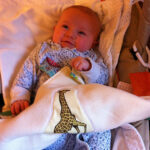 I’ve made has been the
I’ve made has been the 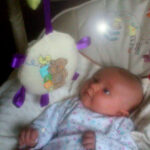 is this
is this  I’ve made which, according to baby Lilly’s Mum, is the
I’ve made which, according to baby Lilly’s Mum, is the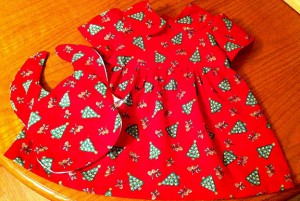 something you could make with festive fabric. Follow the bandana bib
something you could make with festive fabric. Follow the bandana bib 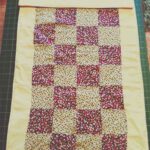 showed you how to make a pram quilt. This would make a beautiful gift and could even become a family heirloom!
showed you how to make a pram quilt. This would make a beautiful gift and could even become a family heirloom! make is this handmade bookmark, you’ll find a
make is this handmade bookmark, you’ll find a 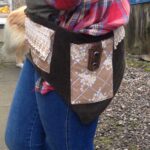 for all ages but the young ones love them for taking to festivals!
for all ages but the young ones love them for taking to festivals!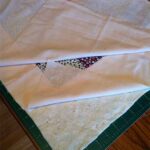
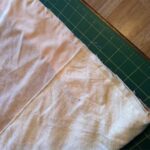
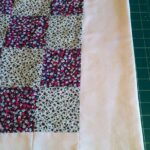
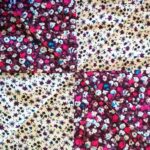
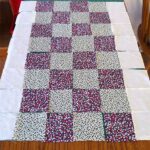
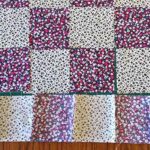
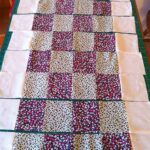
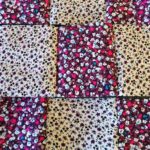
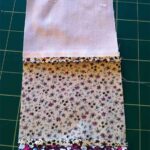
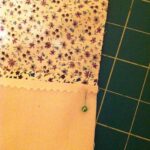
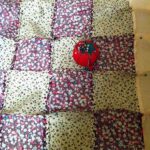
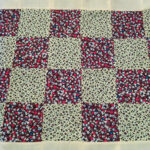
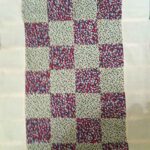
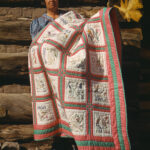 as being a type of blanket composed of three layers. A top layer, a layer of batting or wadding in the middle and a fabric back. Quilting is where the layers are stitched together with either simple or very elaborate patterns. (Image “Russellquiltera” by Russell Lee Courtesy of Wikipedia)
as being a type of blanket composed of three layers. A top layer, a layer of batting or wadding in the middle and a fabric back. Quilting is where the layers are stitched together with either simple or very elaborate patterns. (Image “Russellquiltera” by Russell Lee Courtesy of Wikipedia)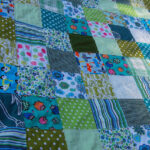 needlework that involves sewing geometric pieces of fabric together to form a large piece. Generally the larger piece is based on repeating patterns built up with the fabric shapes. The simplest form is squares, which you can see in this image.
needlework that involves sewing geometric pieces of fabric together to form a large piece. Generally the larger piece is based on repeating patterns built up with the fabric shapes. The simplest form is squares, which you can see in this image.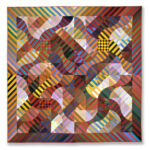 more to this kind of sewing. There are some beautiful examples like the picture on the right. (“Korea-Joseon-Bojagi-01” by by angela n.)
more to this kind of sewing. There are some beautiful examples like the picture on the right. (“Korea-Joseon-Bojagi-01” by by angela n.)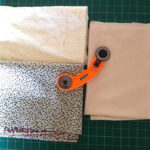
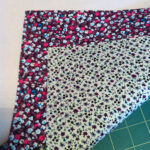
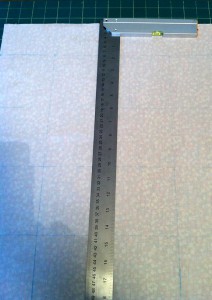
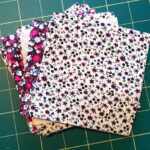
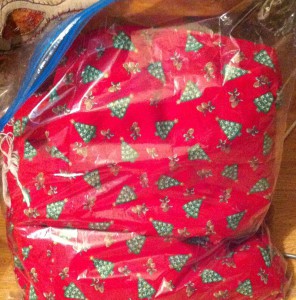 A bag full of curtains!
A bag full of curtains!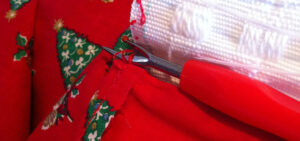 I like to reuse as much as possible so the curtain tape came off first. That will get saved in my haberdashery box for future use.
I like to reuse as much as possible so the curtain tape came off first. That will get saved in my haberdashery box for future use. 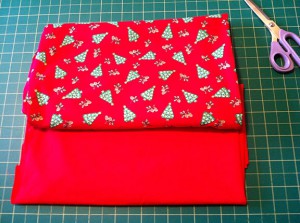 I’ll only be using the printed fabric for this baby Christmas dress and will hardly use even 1 of the curtains. Enough to make a dress each year as baby Lilly grows!
I’ll only be using the printed fabric for this baby Christmas dress and will hardly use even 1 of the curtains. Enough to make a dress each year as baby Lilly grows!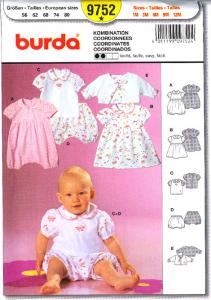 the dress. I used a
the dress. I used a 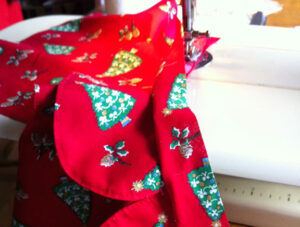 to follow but the collar on this on really had me stumped. I spent a long time trying to figure it out but after a bit of trial and error and the help of a sewing forum I got there.
to follow but the collar on this on really had me stumped. I spent a long time trying to figure it out but after a bit of trial and error and the help of a sewing forum I got there.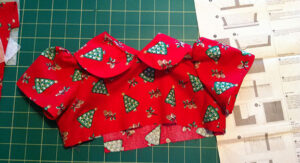 dress finished ready for attaching the skirt.
dress finished ready for attaching the skirt. 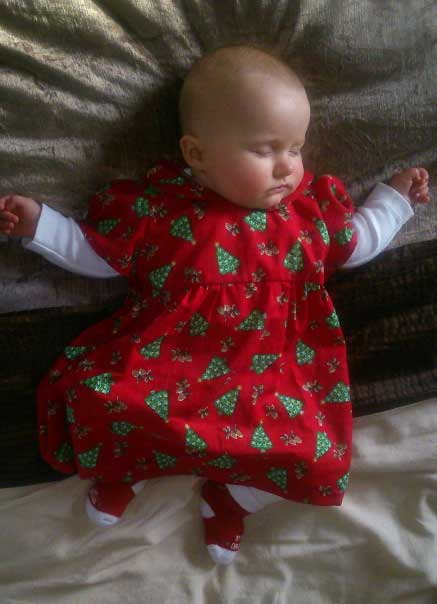

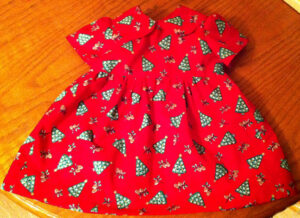
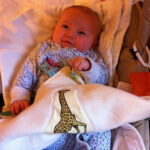 to buy, so why not have a go at making one? These are simple to make and don’t take long. A beginning sewer can easily manage this project. Making a taggie blanket uses up your fabric scraps too.
to buy, so why not have a go at making one? These are simple to make and don’t take long. A beginning sewer can easily manage this project. Making a taggie blanket uses up your fabric scraps too.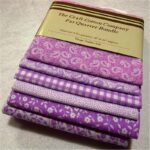
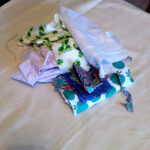
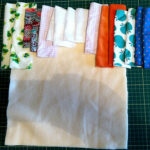
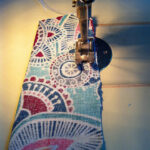
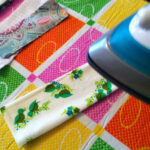
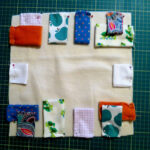
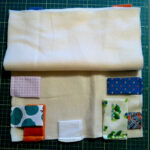
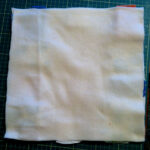
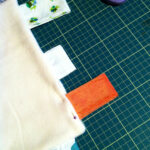
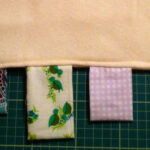

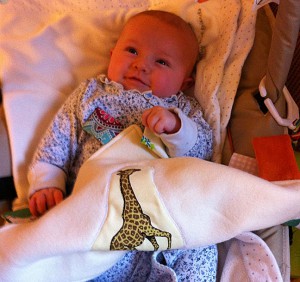
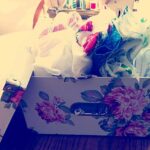 other day, “I have fabric scraps,
other day, “I have fabric scraps,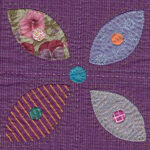 is a smaller ornament or device applied to another surface. An appliqué is usually one piece. In the context of ceramics, for example, an appliqué is a separate piece of clay added to the primary work, generally for the purpose of decoration. The term is borrowed from
is a smaller ornament or device applied to another surface. An appliqué is usually one piece. In the context of ceramics, for example, an appliqué is a separate piece of clay added to the primary work, generally for the purpose of decoration. The term is borrowed from 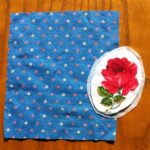 I didn’t want to waste some of the prettier pieces. I followed the instructions on one of the tutorials I’d found and got my pieces ready for pressing. I decided not to do a complicated shape for my first go and figured an oval shape shouldn’t be too challenging.
I didn’t want to waste some of the prettier pieces. I followed the instructions on one of the tutorials I’d found and got my pieces ready for pressing. I decided not to do a complicated shape for my first go and figured an oval shape shouldn’t be too challenging.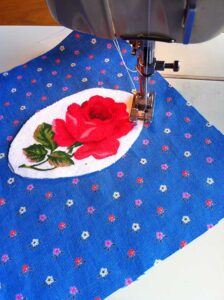 it was time for the sewing. You can do this by hand and there are plenty of tutorials explaining how to. I used my machine as it has the decorative stitches. I chose to use a zig zag stitch quite close together. It was tricky keeping the stitching exactly in place moving round in a curve but I got better as I went along.
it was time for the sewing. You can do this by hand and there are plenty of tutorials explaining how to. I used my machine as it has the decorative stitches. I chose to use a zig zag stitch quite close together. It was tricky keeping the stitching exactly in place moving round in a curve but I got better as I went along.